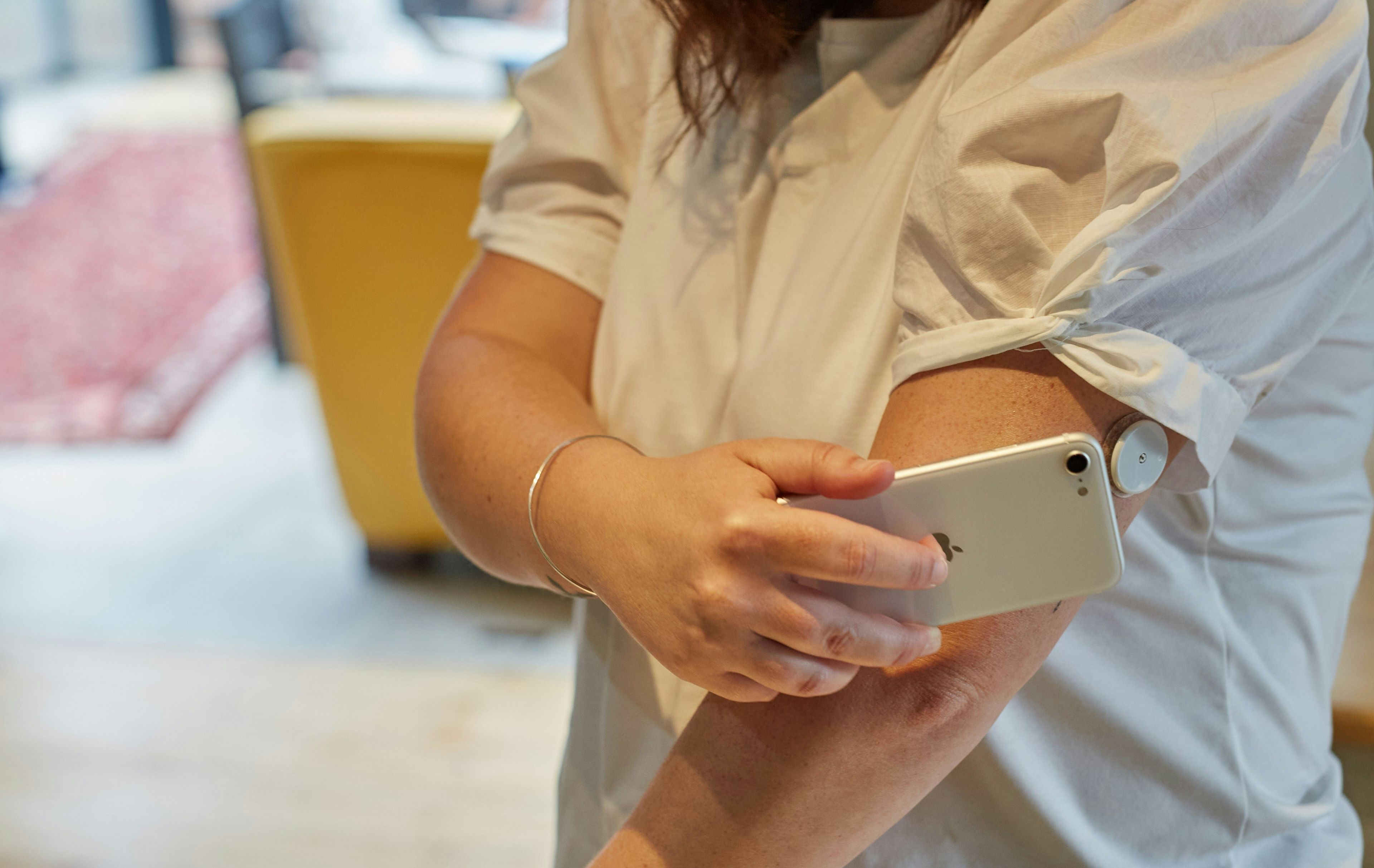‘Continuous glucose monitoring will help in achieving better control of diabetes’ – Healthcare News

Non-communicable diseases (NCDs) like diabetes continue to be a major burden globally. According to a recent ICMR-INDIAB study, the number of people living with diabetes has increased by 44% between 2019 and 2023, to over 101 million.
While managing a chronic condition like diabetes can be challenging, people can take a holistic approach to keep their glucose levels in check by modifying their lifestyle, exercising regularly, eating well, and monitoring their glucose levels.

With a 44 per rise in people living with diabetes between 2019 and 2023, there is a need to help people manage the chronic condition without pain or hassle CGM use in people with type 2 diabetes on insulin was associated with great reductions in acute diabetes events (51%) & hospitalizations (28%)
Tracking one’s blood sugar levels informs personalized lifestyle and care decisions. This has been made simpler with technology advancements like continuous glucose monitoring (CGM). Access to powerful data can help people optimize their glucose control and lower their risk of other health complications.
“CGM helps people monitor their glucose levels real-time without hassles, complementing traditional blood glucose monitoring devices which require routine fingerpricking. It shares valuable, actionable insights and is supported by a digital ecosystem that makes connecting with doctors and caregivers easy. The device also offers a unique metric, the time people spend in the target glucose range. Knowing this data can be life-changing and help people make smarter health decisions and gear for better glucose control,” Dr. Prashanth Subramanian, Head of Medical Affairs, Emerging Asia & India, Diabetes Care, Abbott said while addressing the media.
Illustrating the device’s real-world impact, it has been found that when people with type 2 diabetes on insulin used CGM, it was associated with substantial reductions in acute diabetes events (by 51%) and hospitalizations (by 28%). With metrics like time in range (TIR), people can adjust their diet, activity, and treatment to better manage their diabetes, which in turn can help them avoid or manage other comorbid conditions. Every 10% drop in TIR greatly raises one’s risk of eye and kidney disease complications, while those with a TIR greater than 80% spend less time in ICUs.
Prof. Ramzi Ajjan, Professor of Metabolic Medicine/Consultant in Diabetes and Endocrinology, University of Leeds and Leeds Teaching Hospitals NHS Trust said, “People with diabetes navigate not only fluctuating glucose levels, but also the risk of developing other comorbidities like heart disease, obesity, and eye problems. Diabetes and obesity often coexist, and together are associated with heart disease risk.vii,viii CGM can help people keep their glucose levels under control and avoid such risks. For example, people with type 2 diabetes who had experienced a recent heart attack and were using a CGM device report significantly lowered hypoglycemia levels as compared to those using traditional self-monitoring blood glucose.ix Avoiding hypoglycemia can help this high-risk population carry on with their everyday lives.”
CGM can help those who may require surgery for their heart disease by optimizing their glucose levels before surgery. This potentially can improve their outcomes post-surgery. Such devices meaningfully improve people’s HbA1c levels, slightly increase the time they spent in the optimal glucose range, and enhance their quality of life. These benefits are important, especially as people with diabetes are two to four times more likely to develop cardiovascular disease than others.x Additionally, nearly 30% of people with type 2 diabetes had three or more comorbidities at diagnosis.xi
“In State, there are around 17.8% people living with diabetes. It’s important for them to maintain glycemic control, which can be made simpler with tools like CGM that help them regularly check their glucose levels. This can help people understand how their food and lifestyle affect their blood sugar. People can accordingly alter their habits and even treatment appropriately, in consultation with their doctor. As a result, they can stay in the optimal glucose range for about 17 hours daily. These connected technologies, with their linked mobile apps, can extend healthcare beyond our clinics, reaching people in their homes,” Dr. Sunil Kohli, Professor & HOD, Department of Medicine, Hamdard Institute of Medical Sciences & Research said.
While the diabetes journey can be difficult to navigate, technology is poised to be a game-changer for diabetes care, taking personalized healthcare a step forward so that people have fewer barriers to good health.
link







:max_bytes(150000):strip_icc()/Health-GettyImages-1450542229-65a5d01fbf6245fc8de8bfa5da5eff9b.jpg)



